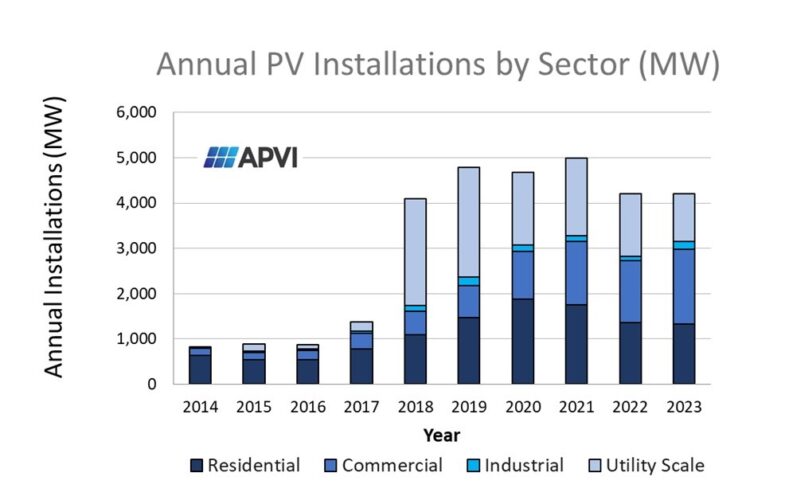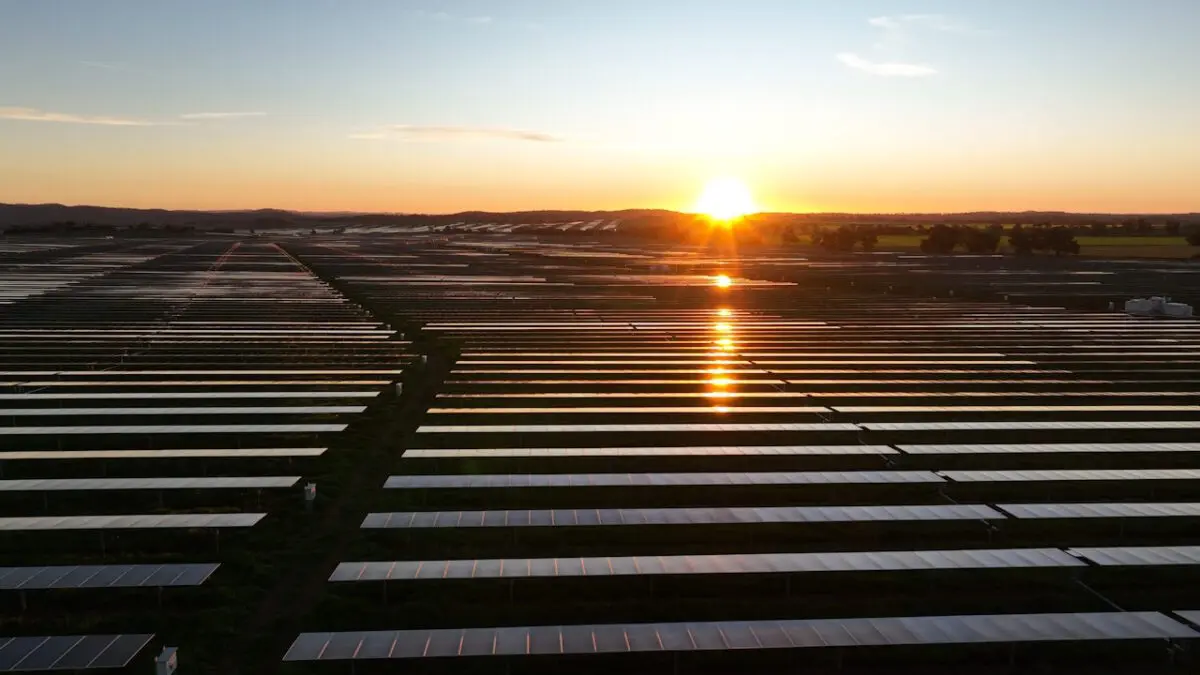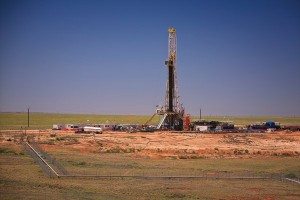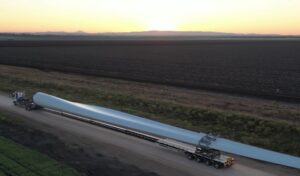Australia fell out of the top ten countries for new solar installations in 2023 for the first time in more than three decades, and despite its record record breaking solar production, according to a report soon to be published by the International Energy Agency (IEA).
The IEA PV Power Systems (PVPS) Trends Report, which will be released later this week, will show that even though Australia remains in the top ten for total installed capacity, and boasts a world-leading solar per capita figure of 1.3 kilowatts per person, other countries are accelerating faster.
It is the first time it has dropped out of the top 10 since 1992. But it comes amid a rapid acceleration in the uptake of solar around the world, with the IEA last week predicting the technology will grow four-fold by 2030, and overtake coal to become the biggest single source of electricity in the world by 2033.
In Australia, solar PV is already having a major impact on the grid, delivering more than 50 per cent of overall grid demand for the first time in recent weeks, more than 112 per cent in individual states such as South Australia, and forcing coal fired power stations to ramp down or even switch off in the middle of the day.
Australia connected a total of 4.2GW new solar in 2023, according to the PV in Australia Report published earlier this year by the Australian Photovoltaics Institute (APVI), a mix of rooftop solar that remains popular with homes and businesses, and large scale solar.
The APVI report points to a slowdown in utility-scale solar installations in 2023 and a relatively stable level of residential installations to explain the overall lacklustre year of installations.

“At 4.2 GW the Australian market is stable, but the rest of the world is growing so we’re falling behind. Rooftop solar, particularly industrial scale is growing,” said Renate Egan, who represents Australia on the IEA’s PVPS executive committee, and member of the APVI.
“It’s utility scale solar that has stalled and we’re going to need to see significant growth to meet our net zero ambitions. Fortunately, new state and federal government initiatives are set to address this.”
The APVI reported earlier this year that utility-scale solar had fallen by 24 per cent in 2023, dropping to the lowest annual install rate for five years with only 1.05GW of new capacity installed.
This follows highs of 2.4GW in 2018 and 2019, leading the APVI to blame the “end of the large-scale systems support in 2020 under the Commonwealth Government’s Renewable Energy Target and challenges with connection to the grid.”
The situation may be addressed through the federal government’s Capacity Investment Scheme, which is seeking six gigawatts of new wind and solar capacity in its current tender, and will launch a new tender for another 6 GW of wind and solar next month as part of an accelerated and expanded program.
However, it remains to be seen how much is allocated to wind and how much to solar. Large scale solar will deliver lower cost electricity, but the system operator is also looking at the “value” of solar, given that it is competing with the rapidly growing uptake of rooftop PV in the middle of the day.
The APVI is a not-for-profit, member-based organisation which focuses on data analysis, independent and balanced information, and collaborative research.
It plays a key role – as befitting the country’s prominence and historic leadership on PV development and research, by leading Australia’s participation in two International Energy Agency (IEA) programs – PVPS (Photovoltaic Power Systems) for solar photovoltaics and SHC (Solar Heating and Cooling.
It recently got government support to extend its participation in those programs though to 2025, and is looking to cement support to continue that work into the future.
The IEA PV Power Systems Trends Report will be officially launched via webinar on Thursday October 24 at 1pm GMT (or midnight AEST). Register to attend and/or to watch a recording online later here.










